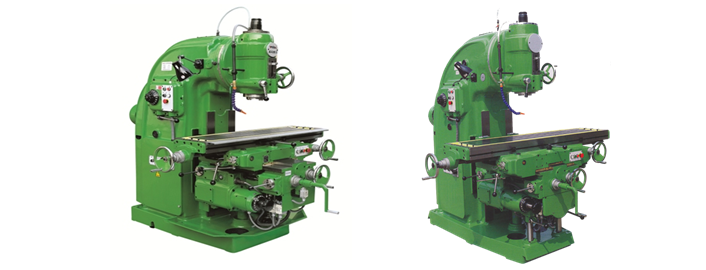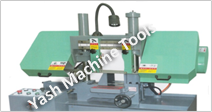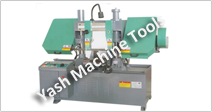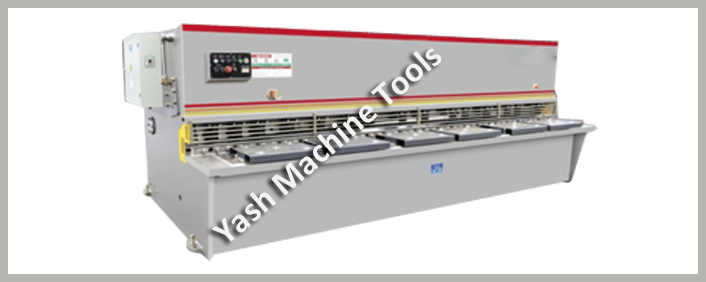In a nutshell, tool room can be defined as machinery room. But in a broad sense, it used for the machineries from the basic mechanical to the most advanced electronic and hydraulic machineries used in various industries for metal working and wood working. Tool room machines are used for shaping, milling, slotting and grinding function of metals and woods. Tool room machines are evaluated from ancient time and existing in the most useful form nowadays in factories and workshops to turn out the bulk work simultaneous. India is a leading source in manufacturing of tool room machines from years to meet the needs of local and international market requirements. Mechanical tool room machines are transformed now in high end electronic and hydraulic mechanism to extract good output in shorter time. There are various types of tool room machines used in industries like grinding machine, milling machine, shaping machine, bandsaw machine, hacksaw machine and slotting machine for different industrial requirements.
Why are milling machines used in tool rooms?
Milling machine is widely used industrial machine tool for shaping and cutting of solid materials metals etc. Previously with the starting of industrialization the factories and workshops were grooming with the mechanical milling machines, which were big space occupying noisy machines that was handled by multiple operators to executing different tasks. But now the electronic evaluation has changed the size, shape and working autonomy of the milling machines that have bundled in a small table like structure. The hydraulic form of the machine is used for metal shaping with pressure. The latest cnc milling is even better than electronic format, which is automatically computerized controlled even for fraction accuracy. The Ahmedabad in India has become the hub for machinery manufacturers, where hundreds of machine tools manufacturing units are providing the high end tool room machines to locals and exporting to the international market needs and that too in standard as well customized form as per the client requirements.
Different types of milling machines used in tool rooms
Variety of tool room machines are used for different functions as below-
Turret Milling Machine: If your industrial application is having high load with precision shaping work and even time is a constraint in delivery, the turret milling machine is best for high performance, durability and execution comfort ability with most advanced safety measures.
Vertical Milling Machine: If you need shaping for tough material used in engineering, processing or construction industry, the high end machine for milling mechanism is used with vertical milling machine. Vertical milling machine is available in different forms and also can be manufactured as per the custom requirements.
Milling cum Drilling Machine: if your application is required for multi tasking like drilling and shaping, milling cum drilling machine can be the most economical option for you where in a single price you can achieve both operations of milling and drilling without compromising the work precision.
Universal Milling Machine: The most advanced and highly demanded industrial machine tool for shaping is universal milling machine that can be used with multiple attachments like indexing, rotary table, rack cutting module, table swivel housing and indexing fixture etc. Click Here to get more information on Tool Room Machines.
Conclusion:
Milling machine is industry best tool room machine that has raised incredible benefits to the various industries in the local market as well outside of India. Now Milling machines are manufactured and equipped with various features to cover all your industrial needs in a single machine tool.






![Information on Different Types of Press Brakes [INFOGRAPH]](https://www.yashmachine.com/blog/wp-content/uploads/2013/07/Information-on-Different-Types-of-Press-Brakes-INFOGRAPH.jpeg)
 Press brake refers to machine which are mainly used for blending plate materials as well as sheet metal into various different shapes depending of the type of die set that is used. These are versatile equipments that are often used industries involving metals for several metal forming operations such as sheet metal cutting, pressing and blending. Their applications include the manufacture of metal cabinets, frames, brackets, plates and many others. They are also used in various industrial segments like fabrication, plastic, wood, automobile among others.
Press brake refers to machine which are mainly used for blending plate materials as well as sheet metal into various different shapes depending of the type of die set that is used. These are versatile equipments that are often used industries involving metals for several metal forming operations such as sheet metal cutting, pressing and blending. Their applications include the manufacture of metal cabinets, frames, brackets, plates and many others. They are also used in various industrial segments like fabrication, plastic, wood, automobile among others.  Never operate this machine without face, eye, body protection as well as safety shoes.
Never operate this machine without face, eye, body protection as well as safety shoes.